How To Record Electric Guitar Amps
Ways to record your amp in your home studio.
Tired of plug-ins and amp modelling pedals? We look at how to record electric guitar amps and the steps you can take to get a better sound.
Although the quality of amp-simulating software and modeling hardware is staggering these days, nothing beats the unique process of miking up your own amp. Whether you play shoegaze music or speed metal, some tones can only be achieved with amps.
How To Record Electric Guitar Amps
Furthermore, even if you don’t use amp sounds exclusively in your music, you can run your direct signal through software and layer it alongside. This makes learning how to record amplifiers a valuable technique to add to your production arsenal.
Like guitar tones, the wizardry behind the recording is an artform in itself. Over the years renowned producers and engineers like Eddie Kramer have sworn by ribbon mics such as the Beyerdynamic M 160 for capturing recordings of Jimi Hendrix.
Conversely, Alan Parsons who famously engineered Pink Floyd’s Dark Side Of The Moon preferred condenser mics like the Neumann U87. We might not have the same recording budgets as our heroes, but there are still some basic guidelines to follow to get a great sound.
Choose your Amp wisely
Whether you take the tube or solid-state route, make sure to select something with plenty of knobs. A 3-band EQ should be a minimum requirement, so you have the tools to shape your tone for your recordings.
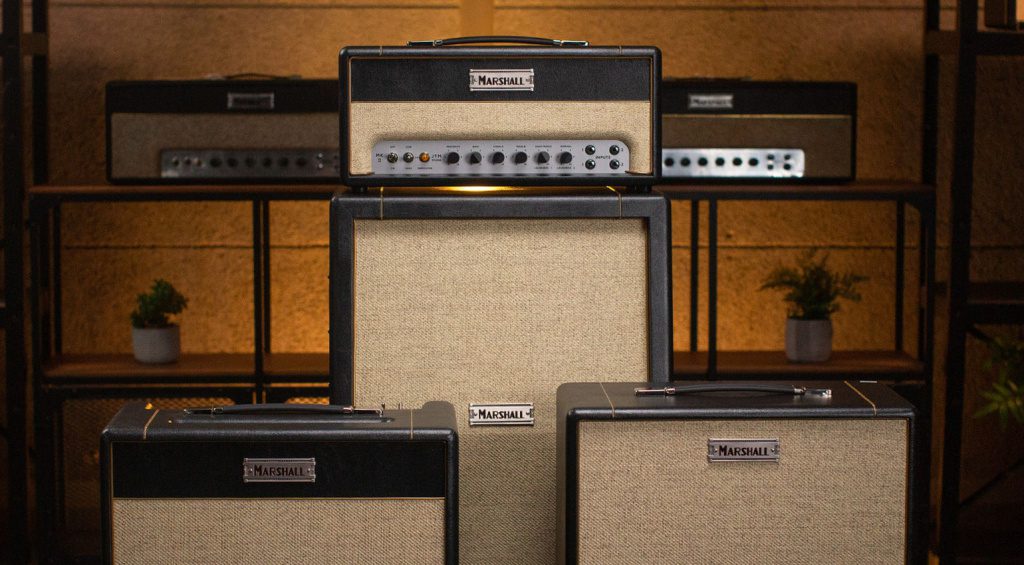
In addition, before you start recording you’ll need to have your guitar nicely set up by a professional tech if possible. They will check the tuning, intonation, and the electronics. The last thing you need is your pots or pickups humming during recording.
You don’t need to wheel a 4 x 12 cab into your bedroom just to get a decent sound. However, if you aren’t aware, even small combo amps are capable of producing intense sound pressure.
Some iconic guitar tones have been made by smaller combo amps at extreme levels. So, if you have a linen closet, it’s a great way to separate yourself from the noise and protect your ears.

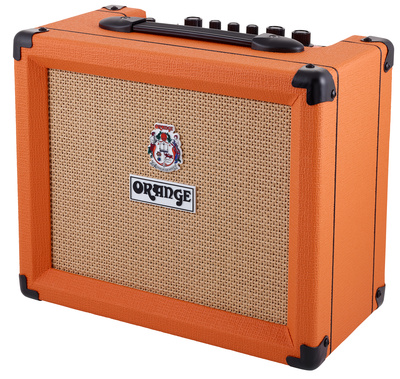

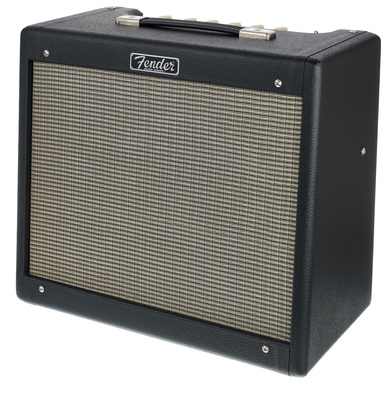

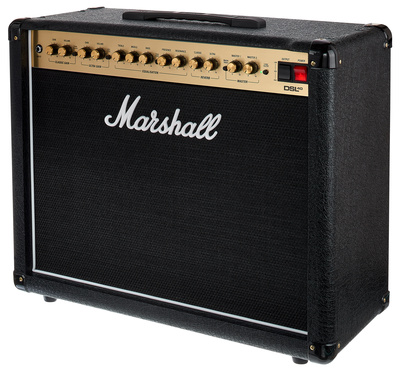
Which Mic to Use
In most home recording situations, we usually just use the mic we have lying around. However, it can be useful to know the difference between condenser and dynamic mics.
In a professional studio, you might AB various mics on different amps to find the best sound for your project. While dynamic mics can help you achieve a punchy upfront rock sound for riffs, condensers are better at capturing the glistening nuances of an amp’s tremolo and reverb.
Besides the musical style of your recording, it’s important to have an idea of where you want the guitar to sit in your mix. Dynamic microphones often have incredible detail in the midrange, while condensers can capture a wider frequency range with more clarity in the highs.
Don’t forget to experiment. If you have the inputs, using multiple mics can deliver the best tone provided there are no phase issues with your mic placement. Also, a kick drum mic can capture the thump of a bass guitar amp effectively.
- More about Microphones

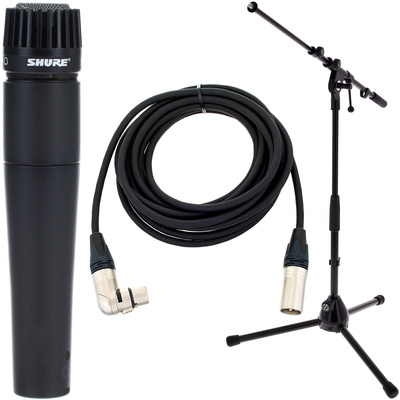



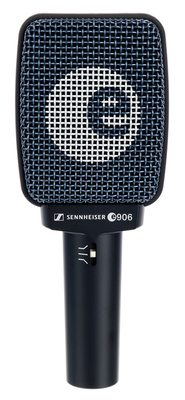
Mic Placement
A neat trick with recording amps is to use the mic as a magic wand to find the sweet spot. While wearing headphones with a healthy amount of amp hiss running, check out the ideal distance from the speaker for an on-axis or off-axis sound.
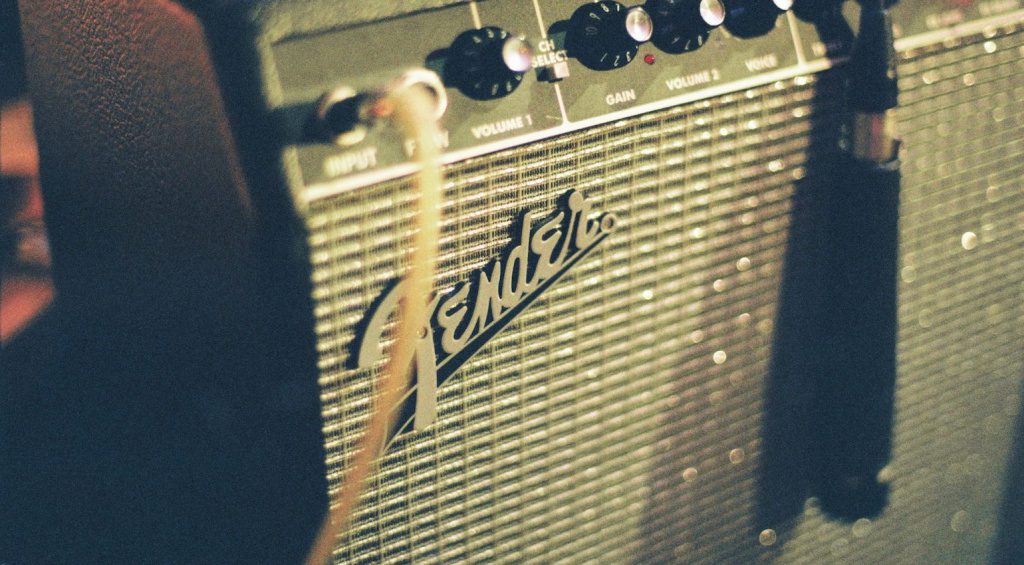
As you move away from the center of the driver, you’ll notice the sound gets darker. Now, play some parts of the song you plan on recording to ensure you’ve got the placement right. However, it’s essential that you’re 100% happy with your amp settings before you start placing your mics.
If you have the option, blending multiple mics can also help you achieve a densely textured tone. Here, the combination of smaller and larger diaphragm mics like a Shure SM57 and a Sennheiser MD421 can be a recipe for success in different on and off-axis configurations.
Ambient miking is another way to complement the tone of your cabinet mics. Even on bass amps, a small or large diaphragm condenser can add natural warmth to your sound. In any case, watch out for phasing issues when using multiple mics. To be sure, simply check the waveforms up close with a test recording in your DAW.
- More about Recording

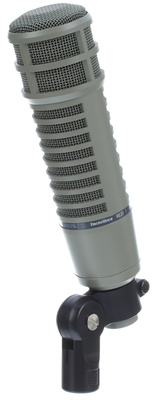




Active vs Passive DI Boxes
When tracking electric guitars and basses you need to record the direct signal and the mic’d amplifier at the same time. This allows you to have more tonal flexibility with options like re-amping once you’ve recorded the signals into your DAW.
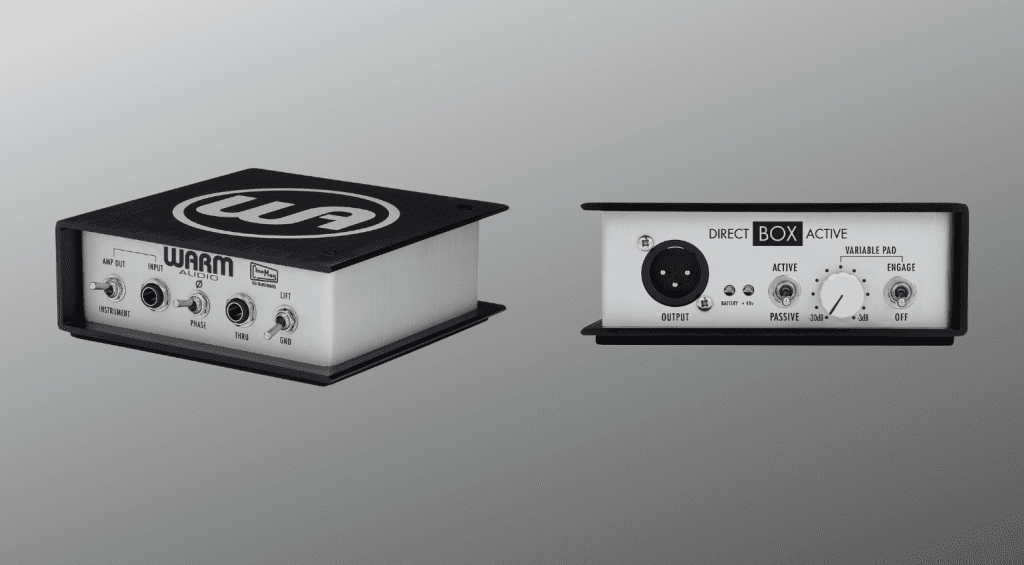
To do this you’ll need a DI box that can split and balance the signal. Furthermore, it provides you with two mic-level (150 ohms) signals, which makes it easy to balance and blend your DI and amp.
Like dynamic or condenser mics, using either active or passive DI boxes can impart different characteristics onto a signal. While active DIs require batteries or phantom power, passive DIs only require the presence of the guitar signal.
While active DI boxes can offer a wider frequency range, it’s important to compare DIs because the noise floor of passives may not always be lower. As a general rule, if your guitar or bass uses active electronics, match it with a passive DI and vice versa.
- Important Guitar Effects

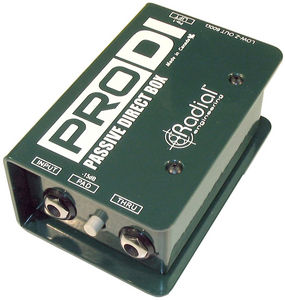

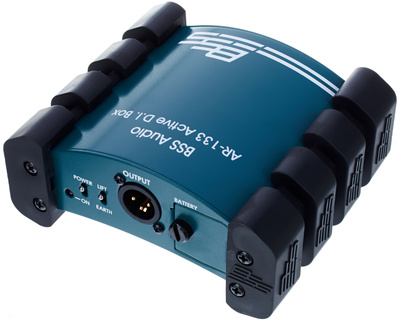

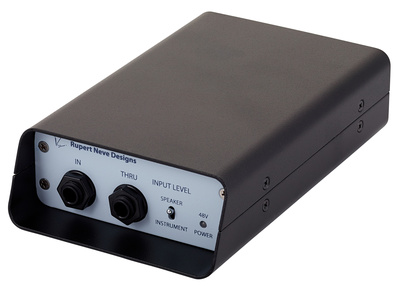
Re-amping and Guitar Pedals
When your amp simulation plug-ins just aren’t doing the trick, it’s time to use the box outside the box. A re-amping device allows you to send signals from your DAW to your mic’d up guitar or bass amplifier, so you can record the routed signal.
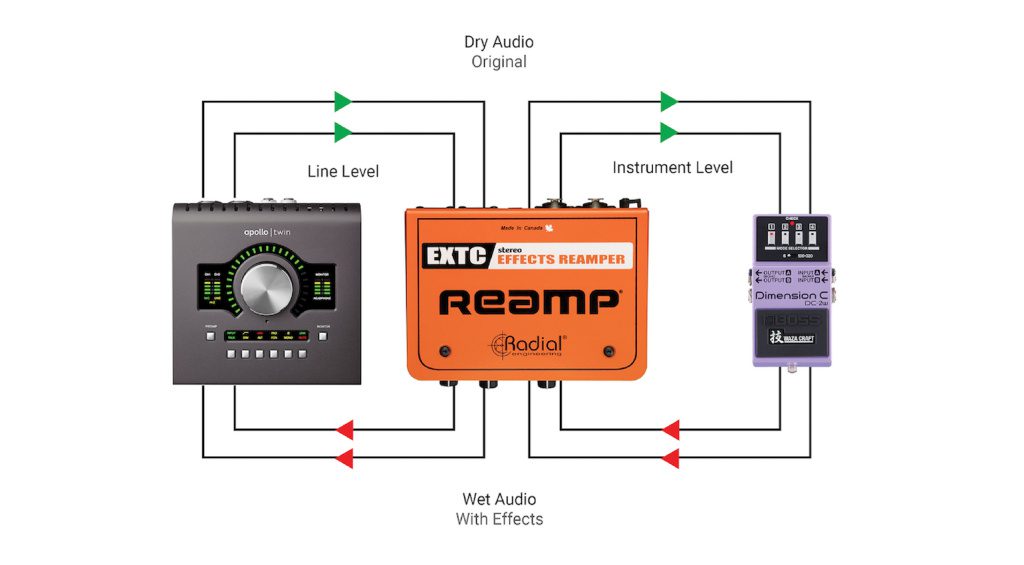
This means that even once your DI guitar tracks are recorded, you can blend in the tones from multiple amps. Here, for example, you can layer and pan your guitar takes, making the chorus sections of your songs stand out with more density and texture.
In addition to re-amping, you can also incorporate any effects pedal from your pedal board into your DAW workflow. Whether you use in-line or parallel effects processing methods, the sound of pedals can really liven up your mix.
From adding drum reverbs to widening stereo chorus effects on vocals in your mix, effects pedals add flavours that plug-ins can’t. Meanwhile, having access to a range of colourful pedals can be creatively inspiring at any stage of the music production process.

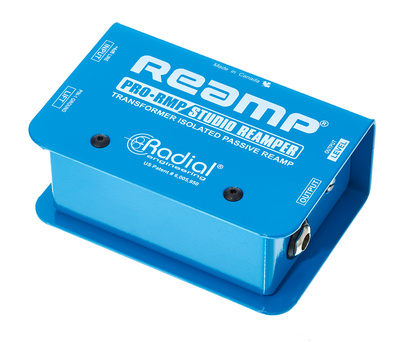

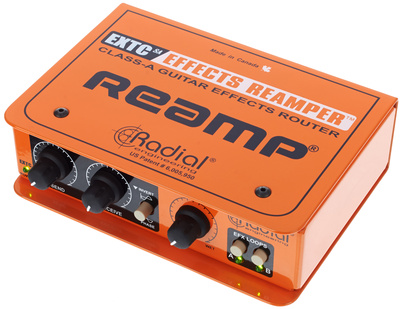

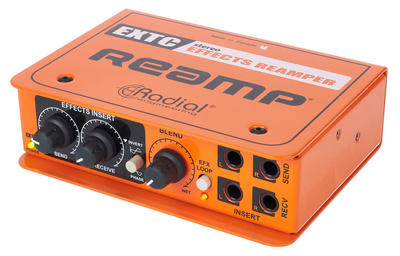
More about How to Record Electric Guitar Amps:
*Note: This article contains advertising links that help us finance our site. Don’t worry: the price for you always stays the same! If you purchase something through these links, we receive a small commission. Thank you for your support!
- Marshall Studio JTM ST20H Head & JTM ST20C Combo: Marshall
- Shure SM57: Shure
- AKG C414B-ULS: AKG
- Electro-Voice RE20.: Electro-Voice
- Beyerdynamic M160.: beyerdynamic
- An SM57 is one of the most popular choices.: Portugese Gravity / Unsplash
- Warm Audio Direct Box: Warm Audio
- An example of how to use the EXTC in your setup.: Radial Engineering
One response to “How To Record Electric Guitar Amps”

 4,0 / 5,0 |
4,0 / 5,0 | 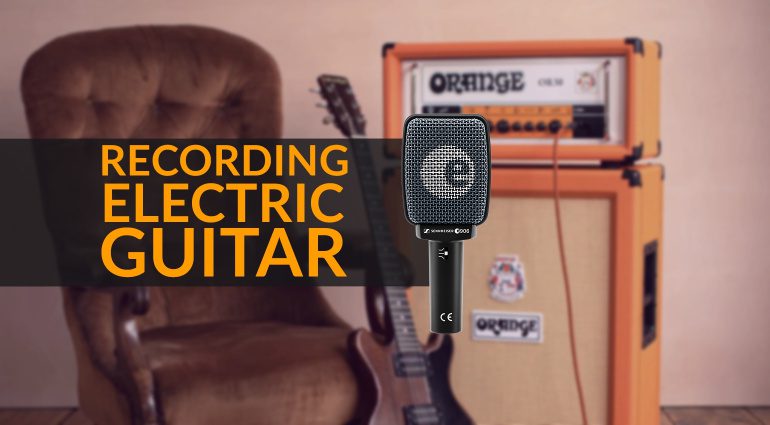


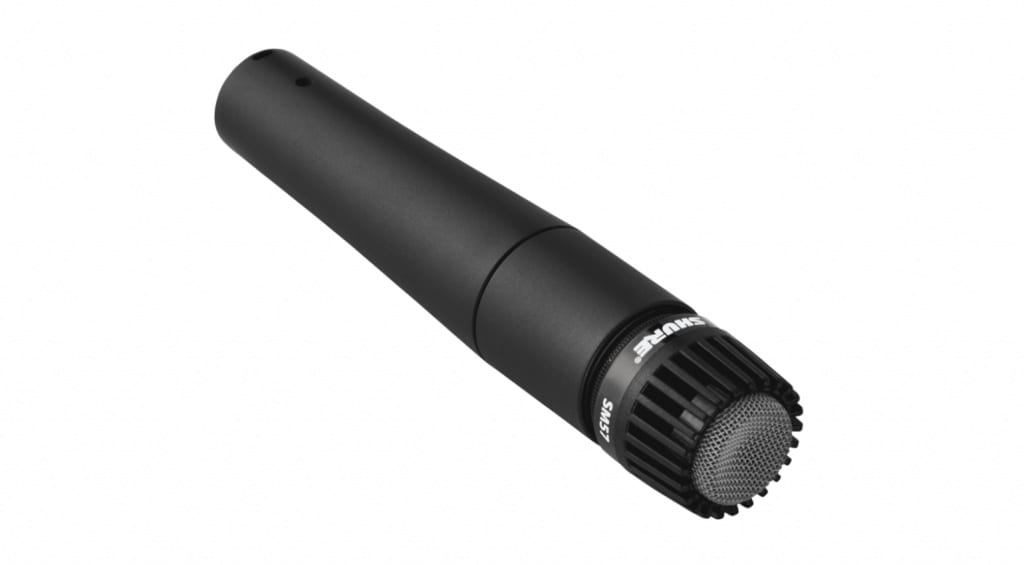
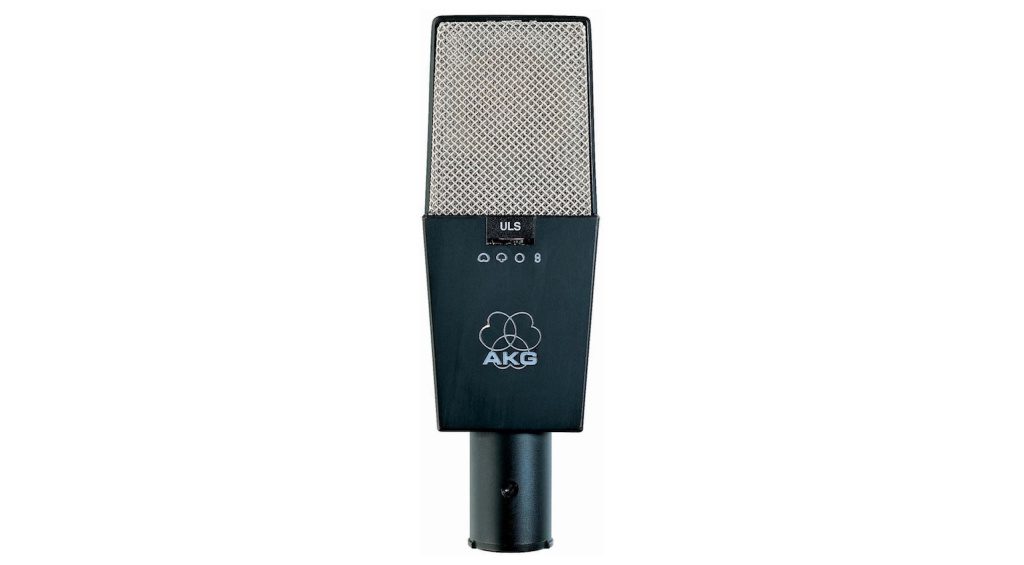


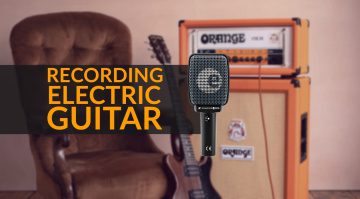

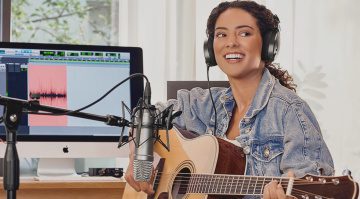
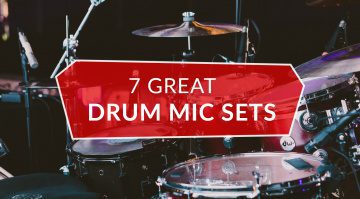
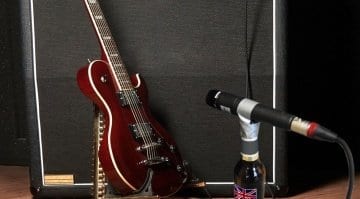
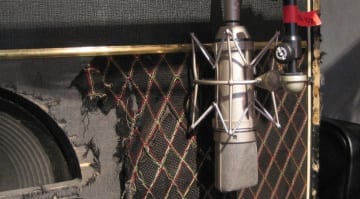

Lots of (mostly tube) amps without 3 band EQ that will record great! 50’s Fenders anyone? Dr. Z?